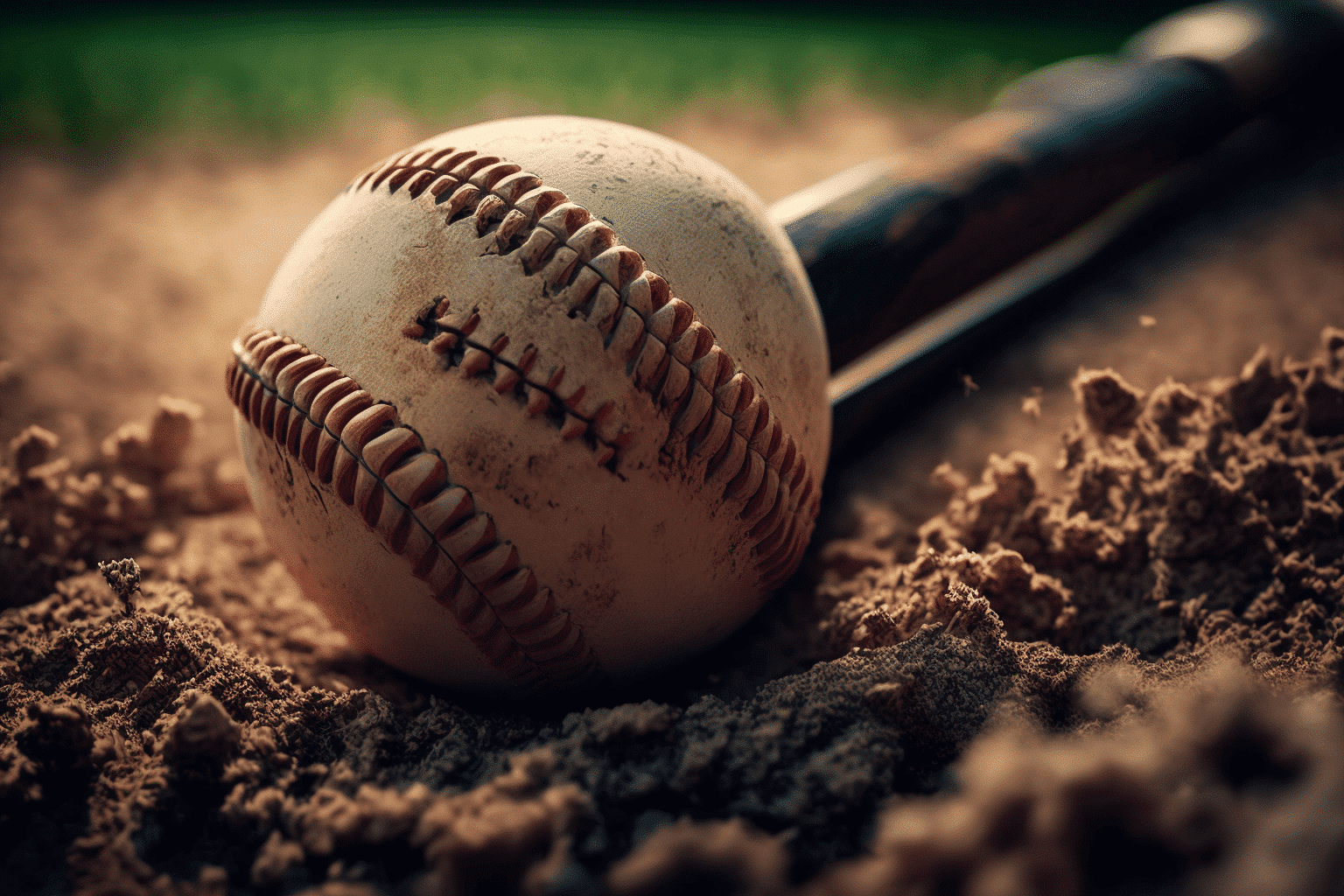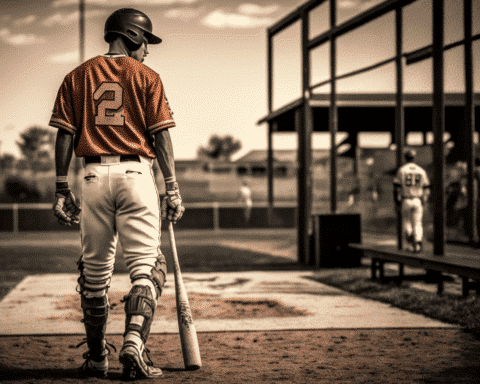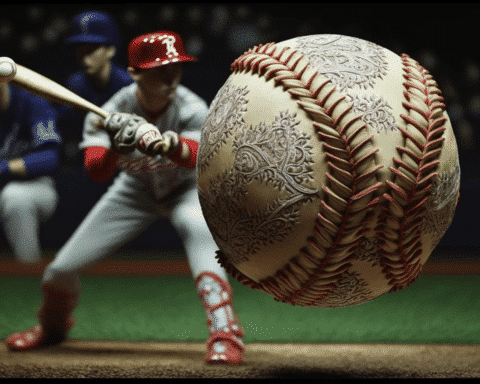Major League Baseball has seen a decline in offense in recent years, with the batting average dropping to .243 in the 2022 season, the lowest since 1968. However, there is hope on the horizon, as hitting technology could be the key to reversing the trend.
Players like Tim Anderson, shortstop for the Chicago White Sox, have visited facilities like Driveline Baseball in Washington and Arizona to study their swings and make adjustments after injuries. Baseball Performance Lab in Louisiana and other similar places are also working on technology to help hitters.
High-Speed Cameras and Pitching Machines: The Future of Hitting
High-speed cameras are one of the primary tools used in hitting technology. They are used to inform subtle mechanical adjustments, and the data gathered can provide insight into a player’s swing. Pitching machines can also simulate different types of pitches, giving players the opportunity to practice hitting against a wide range of pitches.
One potential future of hitting technology is the idea that top hitters could pick specialized bats depending on matchups or situations. While this may seem like a far-fetched idea, it could become a reality in the coming years.
Rule Changes Could Lead to More Offense
In addition to hitting technology, there is hope for more offense due to rule changes. These include a limit on infield shifts, which could lead to more opportunities for players to get on base. There were also a record 3,356 pitches of 100 mph or more in 2022, and more than 40,000 strikeouts for the fifth time in the last five full seasons.
Pitchers have used biomechanical analysis to increase velocity and shape their pitches, but hitting technology could reverse some of the downward offensive trends. Chris Antonetti, president of baseball operations for the Cleveland Guardians, says there has been an acceleration in the development of hitting technology and support for hitters by organizations and coaches in recent years.
Hawk-Eye Camera System and High-Frame-Rate Cameras
The Hawk-Eye camera system is used for hitting data, including exit velocity and estimated batted ball distance. The system gets an upgrade with the addition of five high-frame-rate cameras at the 30 major league ballparks and Salt Rivers Fields in Arizona.
High-frame-rate (HFR) cameras can capture video at 300 frames per second and provide a more precise picture of bat speed and bat path. HFR cameras will be a game-changer because they provide in-game data and in-game biomechanics, according to Conner Watson, the lead hitting trainer at Driveline in Arizona. Watson is bullish on motion capture for hitting improvements, particularly for bat path.
Bat-Fitting for Major League Players
The Baseball Performance Lab on the Marucci Sports campus in Baton Rouge, Louisiana has applied club-fitting science to bat-fitting for major league players. Its list of clients includes prominent baseball hitters like Paul Goldschmidt, Nolan Arenado, and Matt Carpenter. Last season, several stars used bats with hockey-puck shaped knobs that they tried at the lab.
Micah Gibbs, the director of player development at the Baseball Performance Lab, said they are building bats to combat pitch design. The lab is trying to blow up pitch design and is building bats to counter it. Gibbs sees a future where players use multiple variations of bats in a single game. Providing more support for hitters is a personal quest for Gibbs, a former third-round pick by the Cubs who played six seasons in the minors. Gibbs believes that using the same bat from both sides as a switch hitter doesn’t make sense and wants every hitter to have the best tool for them.
While Chris Antonetti did not share specific examples of promising developments in hitting technology, it is clear that there is a significant amount of innovation happening in this field , and the potential benefits for hitters are numerous.
Antonetti stated that hitting technology is becoming increasingly important for teams looking to improve their offensive production and that they are investing in the latest tools and techniques to stay ahead of the curve. He also noted that there is a growing network of hitting coaches and organizations dedicated to advancing the science of hitting, and that this collaborative effort is driving innovation and progress.
With the introduction of new technology such as high-frame-rate cameras and advanced pitching machines, it is clear that the future of hitting in baseball is becoming more data-driven and precise, with a greater focus on biomechanics and personalized training. As teams and players continue to embrace these new tools, we can expect to see a new era of offensive performance in the years to come.




